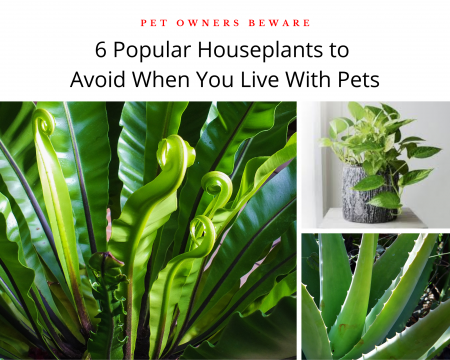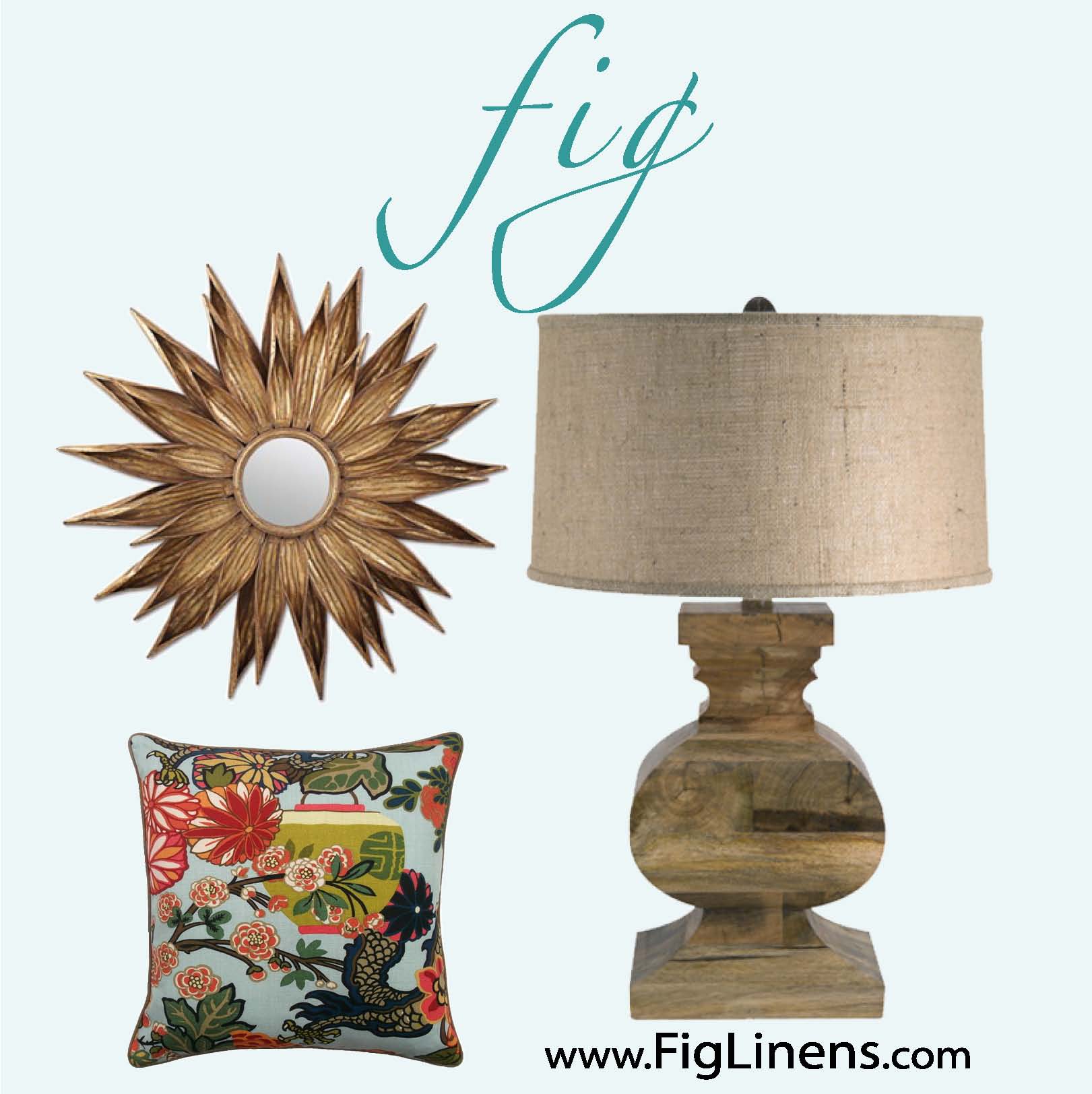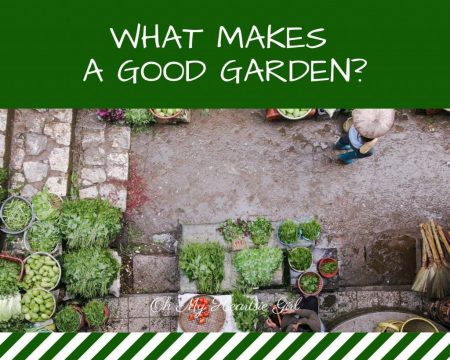 Pets are great, whether you’re a dog-lover or prefer the independent nature of a cat, they become part of your family. Most pet owners can’t imagine living without their pets. However, having a pet comes with responsibility. It’s not just walking them and feeding them, you constantly need to be thinking about what’s best for your pet.
Pets are great, whether you’re a dog-lover or prefer the independent nature of a cat, they become part of your family. Most pet owners can’t imagine living without their pets. However, having a pet comes with responsibility. It’s not just walking them and feeding them, you constantly need to be thinking about what’s best for your pet.
You may not have considered it before but this extends to your current houseplants. Dogs and cats find some plants toxic although this isn’t enough to stop the chewing on them. These animals have a love of chewing on grass-like plants regardless of the ill effects they could have.
As they can avoid the plants, it’s up t you to make sure they are not in your home. Here are six popular houseplants you should avoid
Don’t forget you can still have high-quality plants delivered, you just need to avoid the toxic ones.
- Aloe Vera
Aloe Vera is a lovely-looking plant that is surprisingly easy to look after. It is known to produce Aloe Vera gel which is good at helping people to heal.
Unfortunately, the gel is also toxic to dogs. They are likely to start vomiting, get diarrhea, tremors, and even feel depressed.
- Pothos
This is a very popular household and office plant as it requires minimal care. It can survive even if neglected for weeks at a time. Unfortunately, the plant contains calcium oxalates. These are toxic when ingested and can be a danger to pets and children.
They may look great but it’s one plant you should avoid if you have pets.
- Snake Plants
This is another popular choice for many people because they don’t need much light and they only need to be watered a couple of times a week.
However, the snake plant contains saponins. This is a chemical produced by the plant which protects it from insect attack. If your pet licks the saponins it is likely to cause it gastrointestinal upset. This is rarely fatal but it is uncomfortable for your pet.
- Dragon Tree
This is officially known as Dracaena and will make your dog or cat vomit. They are also likely to drool and develop a weakness in their body. You’ll want to seek help as quickly as possible.
- Devil’s Ivy
This is a very popular trailing plant inside and outside of homes across the country. It’s partly because Devil’s Ivy is surprisingly pretty, and partly because it’s easy to grow. However, if you have pets you’ll want to think twice. This trailing plant can make your pets seriously ill if they ingest it. The signs are noticeable almost immediately. Your animal will paw their face and start vomiting. The mouth and throat can also swell, making it difficult for them to breathe properly.
- Tomato Plants
It can be a lot of fun growing fruit and vegetables in your garden. Not to mention, you feel pretty good when you actually grow something. But, tomato plants contain solanine which is toxic to dogs and cats.
This is the green part of the plant and not the tomato. The good news is they need to ingest a lot to get ill, but you don’t want to take the chance
Related:
Top 5 Reasons to use Pet Trackers
This post may contain affiliate links and I might receive
compensation if you make a purchase after clicking on a link.

 It’s that time of the year to start planning out how big you want your garden to be and what you are going to plant this year. Most home gardens can produce enough vegetables to help feed your friends and family well into the summer and late fall. Just a few tips on what makes a good garden?
It’s that time of the year to start planning out how big you want your garden to be and what you are going to plant this year. Most home gardens can produce enough vegetables to help feed your friends and family well into the summer and late fall. Just a few tips on what makes a good garden?